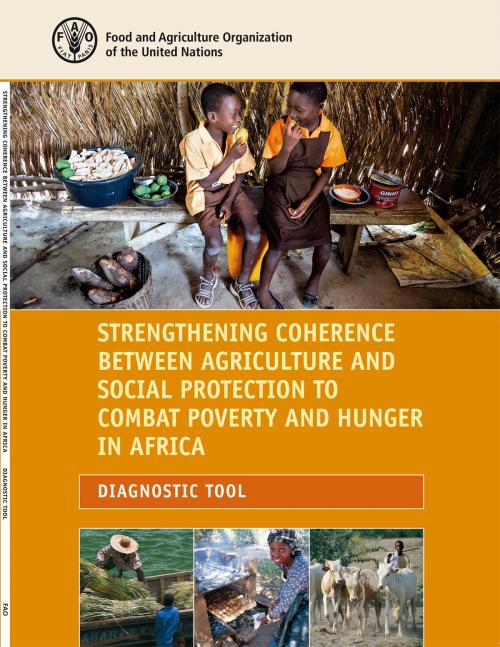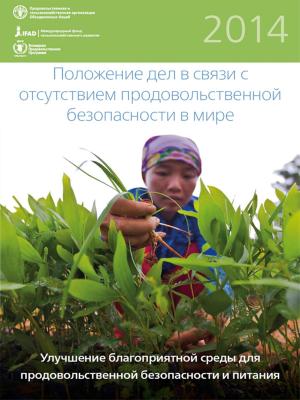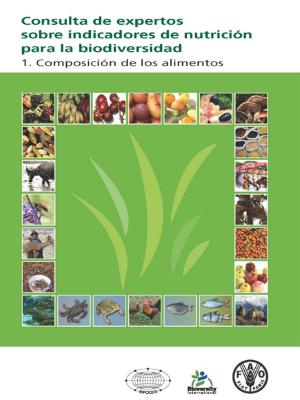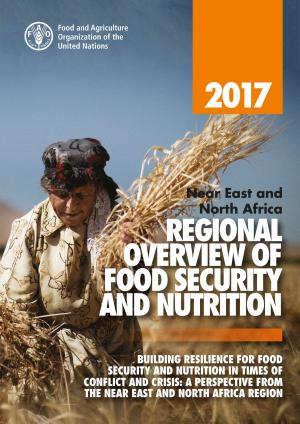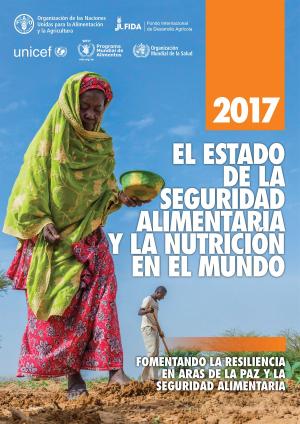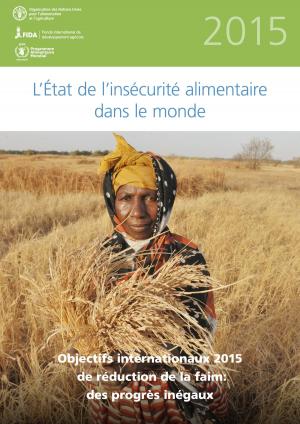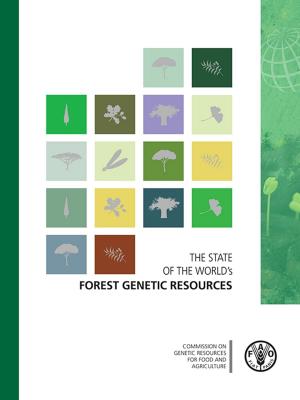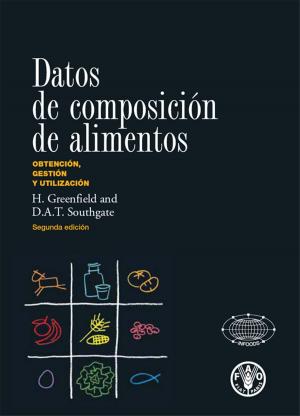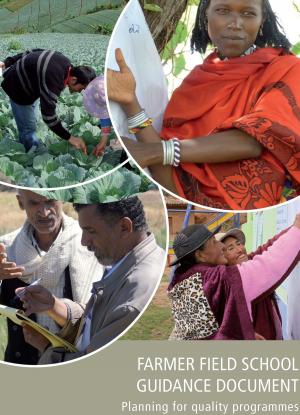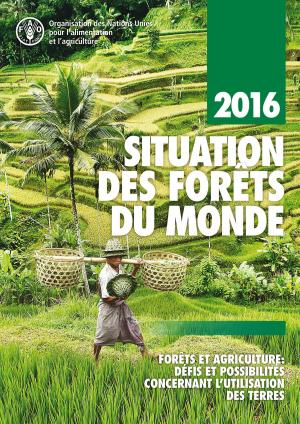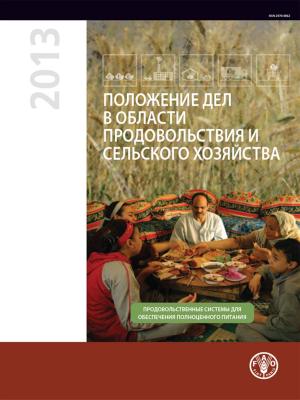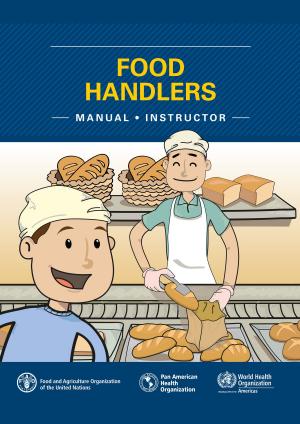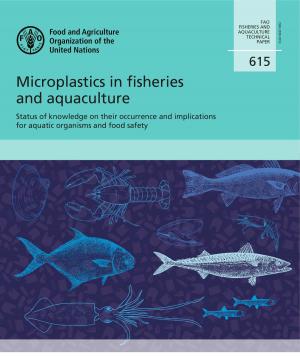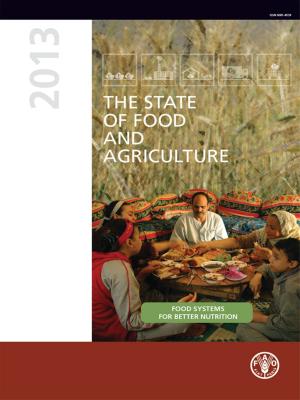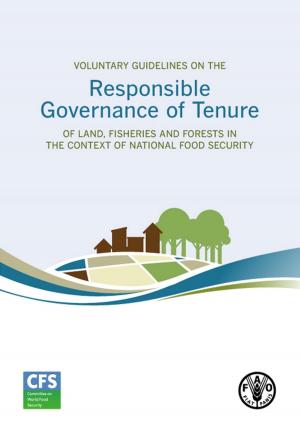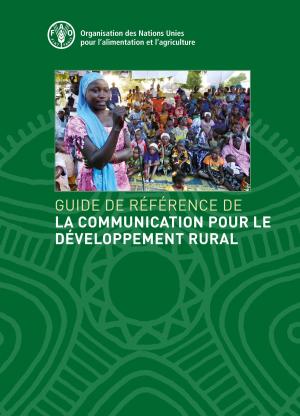Strengthening Coherence between Agriculture and Social Protection to Combat Poverty and Hunger in Africa Diagnostic Tool
Nonfiction, Social & Cultural Studies, Social Science| Author: | Food and Agriculture Organization of the United Nations | ISBN: | 9789251091982 |
| Publisher: | Food and Agriculture Organization of the United Nations | Publication: | April 25, 2016 |
| Imprint: | Smashwords Edition | Language: | English |
| Author: | Food and Agriculture Organization of the United Nations |
| ISBN: | 9789251091982 |
| Publisher: | Food and Agriculture Organization of the United Nations |
| Publication: | April 25, 2016 |
| Imprint: | Smashwords Edition |
| Language: | English |
Agriculture and social protection are fundamentally linked in the context of rural livelihoods in Africa. Poor and food-insecure families depend primarily on agriculture and partly on non-farm income and private transfers for their livelihoods, and are the main target of social protection interventions (FAO, 2015). When embedded within a broader rural development framework, stronger coherence between agriculture and social protection interventions can assist in improving the welfare of poor small family farms by facilitating productive inclusion, improving risk-management capacities, and increasing agricultural productivity – all of which enable rural-based families to gradually move out of poverty and hunger (Tirivayi et al., 2013). An important step in strengthening coherence is to assess the existing state of coherence within a given country and identify potential entry points for strengthening it. In relation to this, this Diagnostic Tool can assist you in: identifying and mapping the scope and nature of linkages between agriculture and social protection interventions in their countries, including supportive and constraining factors; and understanding people’s experiences and perceptions of linkages between agricultural and social protection programmes and how these linkages (or lack of them) affect their livelihoods. This will provide a basis for identifying options for strengthening coherence, which will inevitably depending on specific country contexts.
Agriculture and social protection are fundamentally linked in the context of rural livelihoods in Africa. Poor and food-insecure families depend primarily on agriculture and partly on non-farm income and private transfers for their livelihoods, and are the main target of social protection interventions (FAO, 2015). When embedded within a broader rural development framework, stronger coherence between agriculture and social protection interventions can assist in improving the welfare of poor small family farms by facilitating productive inclusion, improving risk-management capacities, and increasing agricultural productivity – all of which enable rural-based families to gradually move out of poverty and hunger (Tirivayi et al., 2013). An important step in strengthening coherence is to assess the existing state of coherence within a given country and identify potential entry points for strengthening it. In relation to this, this Diagnostic Tool can assist you in: identifying and mapping the scope and nature of linkages between agriculture and social protection interventions in their countries, including supportive and constraining factors; and understanding people’s experiences and perceptions of linkages between agricultural and social protection programmes and how these linkages (or lack of them) affect their livelihoods. This will provide a basis for identifying options for strengthening coherence, which will inevitably depending on specific country contexts.
